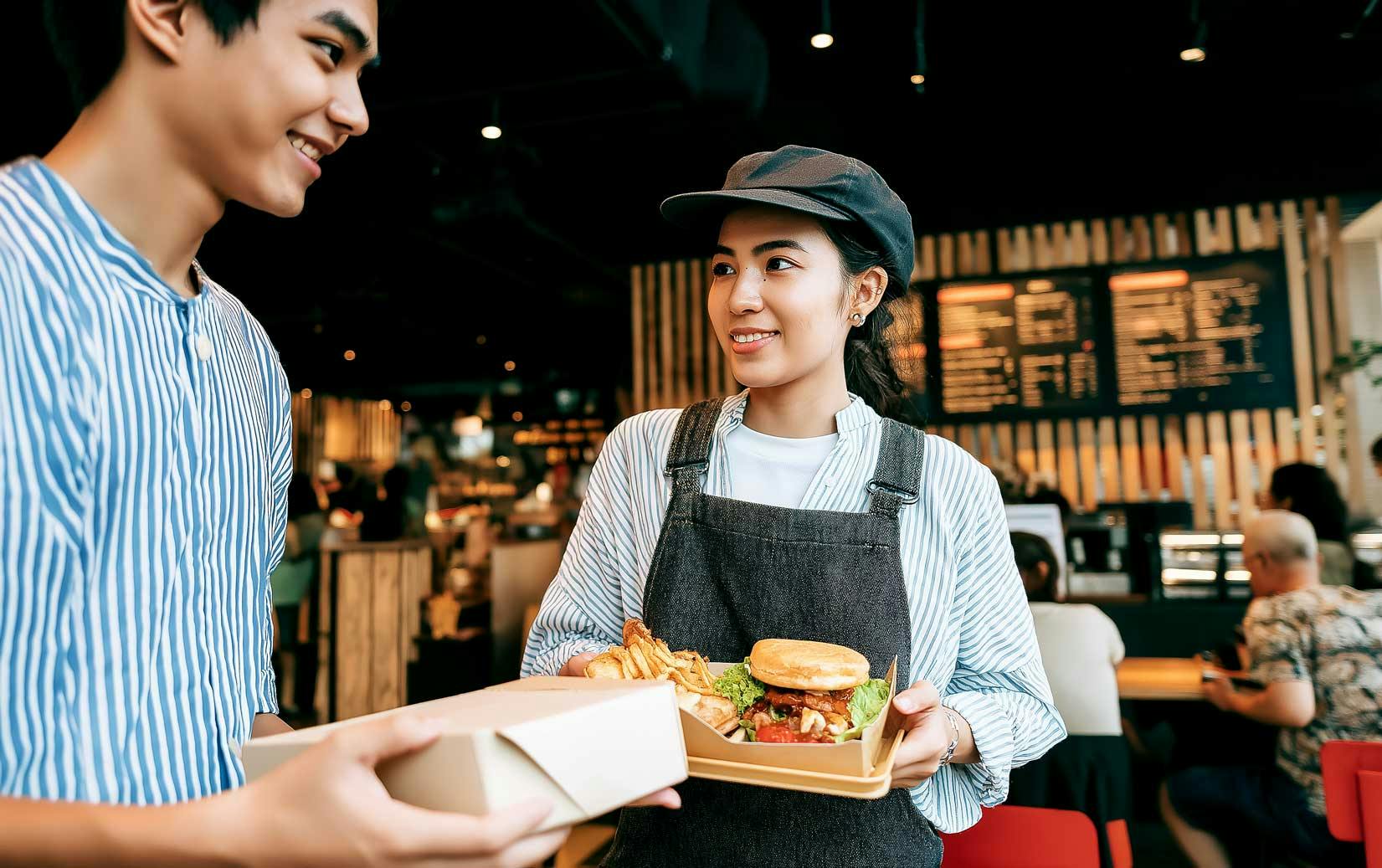Hyper-Personalization: Using AI to Drive Loyalty and Increase Check Size

Why Personalization Matters More Than Ever
Studies show that restaurants employing personalized marketing strategies experience a 40% increase in revenue compared to those using generic methods. As dining increasingly shifts to digital interactions, the ability to offer highly personalized experiences becomes essential for cultivating lasting customer loyalty and repeat business.
Key benefits of personalization:
Boosted Customer Engagement: Customers respond positively when presented with relevant and appealing offers.
Increased Check Sizes: AI recommendations effectively encourage diners to purchase additional or premium items.
Greater Customer Loyalty: Personalized experiences build deeper emotional connections, enhancing long-term customer retention.
Recommendation Engines and Upsells
AI-powered recommendation systems utilize extensive customer data to provide precise and appealing recommendations. These recommendations can significantly enhance the dining experience by aligning suggestions with customer habits, external conditions, and specific contexts.
Practical examples:
Domino's Pizza: Uses AI algorithms in its online ordering system to suggest additional items or meal bundles based on individual order history, significantly increasing order value.
Chipotle: Implemented AI-driven menu suggestions on its digital ordering platform, boosting engagement and successfully increasing average check sizes through personalized add-ons and upgrades.
AI-Driven Loyalty Programs
Advanced AI analytics enable restaurants to deliver highly targeted offers that resonate deeply with individual customers, thus maximizing loyalty and repeat visits.
Successful implementations:
Panera Bread: Leveraged AI-driven loyalty programs to offer personalized rewards and promotions based on individual purchase history and preferences, significantly increasing customer retention and program participation.
Taco Bell: Used AI segmentation to identify specific customer groups and offer tailored promotions, driving increased engagement and higher redemption rates.
Localized Menus and Dynamic Content
AI enhances menu personalization by adapting menu offerings dynamically at individual, local, and regional levels. This ensures each location consistently meets the unique tastes and preferences of its clientele.
How AI-driven dynamic menus work:
Regional Customization: AI algorithms automatically adapt menu promotions based on regional food preferences, weather conditions, and seasonal trends.
Real-time Adjustments: AI systems proactively manage inventory, immediately updating digital menus to reflect availability, thus reducing customer dissatisfaction.
Balancing Personalization and Privacy
While personalization enhances customer experience, it must be managed responsibly. Clear communication about data usage, obtaining explicit consent, and maintaining rigorous data security practices are critical to retaining customer trust.
Best practices for data handling:
Transparency: Clearly communicate to customers how their data will be used.
Consent: Ensure customers have explicitly agreed to data usage terms.
Data Security: Implement robust measures to protect customer data from breaches and misuse.
Next article: Discover how real-time AI-driven insights empower restaurant operators to manage multiple locations and swiftly respond to operational challenges proactively.